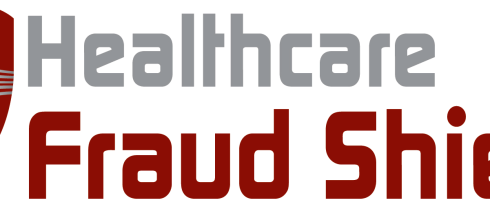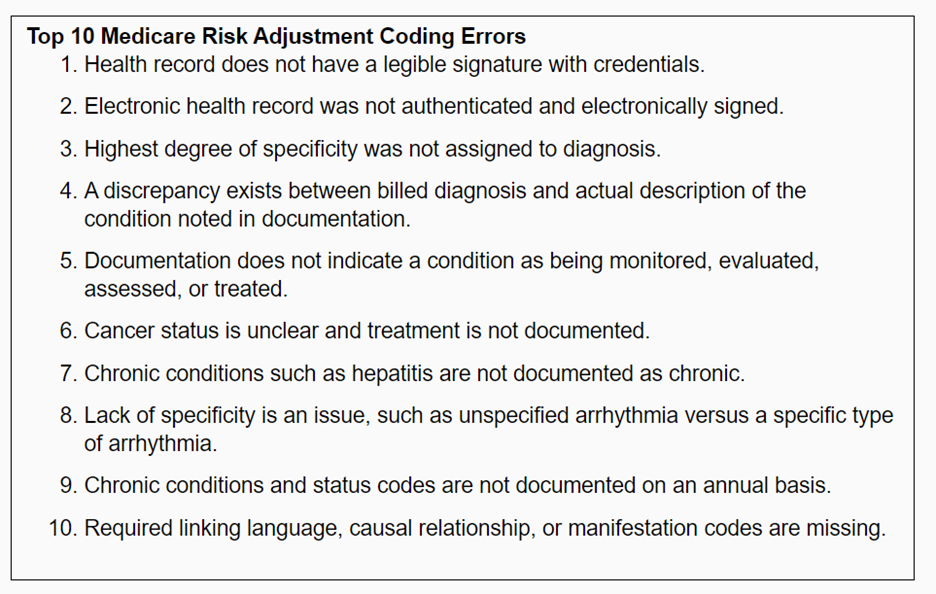| LEQEMBI is a newly approved drug by the U.S. Food and Drug Administration (FDA) for the treatment of Alzheimer’s disease. According to the FDA, “Alzheimer’s disease is an irreversible, progressive brain disorder affecting more than 6.5 million Americans that slowly destroys memory and thinking skills, and, eventually, the ability to carry out simple tasks”.[1]LEQEMBI is approved for the treatment of Alzheimer’s Disease in patients diagnosed with either mild cognitive impairment or mild dementia stage of disease. The appropriate diagnoses would be one of the following[2]: G30.0 Alzheimer’s disease with early onset G30.1 Alzheimer’s disease with late onset G30.8 Other Alzheimer’s disease G30.9 Alzheimer’s disease, unspecifiedG31.84 Mild cognitive impairment, so stated How is it administered? LEQEMBI is administered via intravenous infusion. The infusion occurs over approximately a one-hour timespan once every two weeks[3]. The following Current Procedural Terminology (CPT) codes may be used to billing for LEQEMBI: 96413 – Chemotherapy administration, intravenous infusion technique; up to 1 hour, single or initial substance/drug (includes highly complex biologic agent administration, e.g., monoclonal antibody agents) +96415- Each additional hour 96365-Intravenous infusion, for therapy, prophylaxis, or diagnosis (specific substance or drug), initial up to 1 hour +96366- Each additional hour What to look for? Payers should review claims submitted to ensure they are properly billed. Healthcare Fraud Shield recommends reviewing for: 1) Appropriate diagnoses 2) Appropriate CPT codes 3) Billing for excessive time for the infusion 4) Members with more frequent doses than others 5) Appropriate billing of Modifiers JW (drug amount discarded/not administered) and/or JZ (zero drug amount discarded/not administered to any patient) 6) Look for a prior beta-amyloid test[4] Our solution captures this type of behavior using both artificial intelligence and alerts. For example, this is one of many alerts we use to monitor billing of LEQEMBI: [5255-02] – SUPPORTING DIAGNOSIS MISSING, LEQEMBI (LECANEMAB-IRMB): This Alert identifies providers billing NDC’s for LEQEMBI (Lecanemab-irmb) without an indication of mild cognitive impairment due to Alzheimer’s disease [AD] and/or mild AD dementia, with confirmed amyloid pathology. LEQEMBI (Lecanemab-irmb) is only approved for use in patients with mild cognitive impairment or mild dementia stage of disease. REFERENCES: [1] https://www.fda.gov/news-events/press-announcements/fda-grants-accelerated-approval-alzheimers-disease-treatment [2] https://www.eisaipatientsupport.com/hcp/leqembi#billing-and-coding [3] https://www.leqembi.com/-/media/Files/Leqembi/Prescribing-Information.pdf?hash=3d7bf1a2-5db2-4990-8388-81086f415676 [4] https://www.alz.org/alzheimers-dementia/treatments/lecanemab-leqembi Before initiating this anti-amyloid treatment, the prescribing information requires that a physician confirms the presence of beta-amyloid plaques. The FDA does not specify a diagnostic tool to determine elevated beta-amyloid, but tools such as an amyloid PET scan or lumbar puncture (CSF tests) are examples. |
| If you have questions or comments you may email us at SIU@hcfraudshield.com. |



You must be logged in to post a comment.